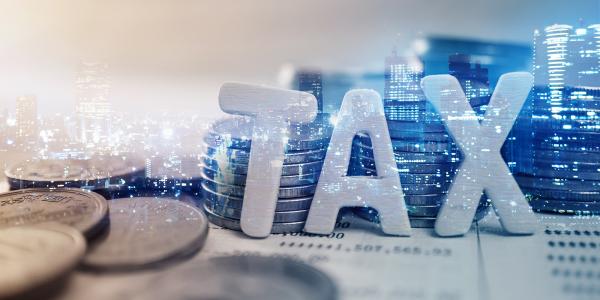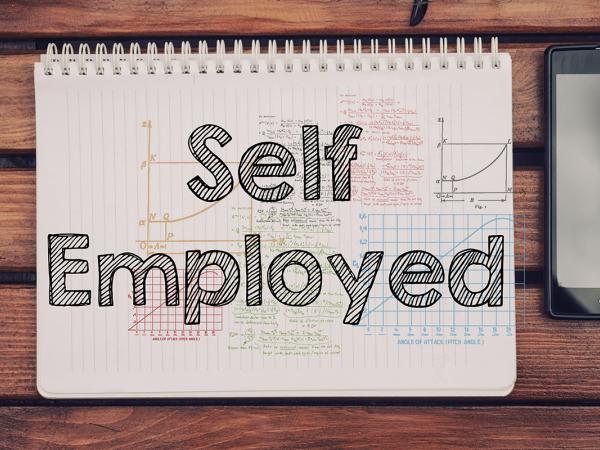Paying tax on self-employed profits and making payments on account
You pay income tax and National Insurance contributions (NIC) on your self-employed profits if you earn above certain thresholds. This page looks at how you pay the tax and NIC on your income from self-employment.

Content on this page:
Payment deadlines
You pay tax on your self-employed profits under self assessment.
Remember you pay Class 4 National Insurance contributions (NIC) at the same time as your income tax. From here on, we will refer to income tax, but that should be assumed to include any Class 4 NIC also due.
For information on Class 2 NIC see our NIC for the self-employed page.
Generally speaking, you pay your income tax for a tax year in three instalments as follows:
| Date | Income tax payable |
| 31 January during the tax year | 50% of prior year self assessment income tax liability (known as the first payment on account) |
| 31 July following the tax year | 50% of prior year self assessment income tax liability (known as the second payment on account) |
| 31 January following the tax year | Balance of any income tax due (known as balancing payment), plus the first payment on account for the next tax year |
Class 2 NIC and/or student loan repayments due are always paid as part of the balancing payment and are not included in payments on account.
If you do not come within the payments on account regime, then you usually have to pay any amounts that you owe to HMRC by 31 January following the end of the tax year in question. So, if you owe tax and NIC on your self employment income for the 2023/24 tax year this is usually due by 31 January 2025. See our Self assessment page for more information.
Reducing payments on account
It is possible to reduce your payments on account if you estimate that your taxable income will be lower than the previous tax year. This may be the case if your profits have fallen when compared to the previous year. By reducing payments on account, you pay a lower amount in advance. This means that, hopefully, you avoid overpaying tax for the tax year unnecessarily.
We explain how you can reduce your payments on account on our Self assessment tax payments page.
Preparing for your tax bill
For most people, setting aside a rough percentage (%) of their ‘net’ income each time they are paid (after any expenses), will help make sure that their tax bill, along with the payments on account, can be met. Our table may help you work out your rough percentage using 2024/25 rates, assuming you are using the cash basis, or if using the accruals basis and you get paid promptly. Please note this does not include Class 2 NIC and that these are based on UK income tax rates. We publish information separately on Scottish rates of income tax and the Welsh rates of income tax.
| Projected net income £ | Total first year’s tax and Class 4 NIC (excluding Class 2 NIC) £ | First year’s payment plus next year’s payments on account | Rough percentage of net income to save |
|
17,500 |
1,281.80 |
1,922.70 |
11% |
|
20,000 |
1,931.80 |
2,897.70 |
14% |
|
22,500 |
2,581.80 |
3,872.70 |
17% |



